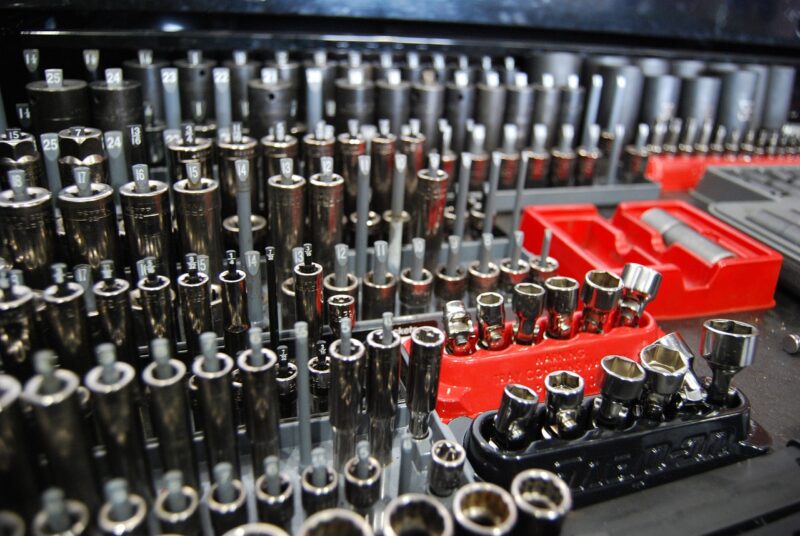Why Car Maintenance Is Essential and How to Do It Yourself
November 9, 2024

Owning a vehicle comes with great responsibility, one of which is maintaining your car properly. Regular maintenance ensures that your vehicle runs smoothly, lasts longer, and ultimately retains its value. Moreover, keeping your car well-maintained can prevent larger, more expensive problems down the line. In this article, we’ll cover why car maintenance is essential and how you can effectively perform some tasks yourself.
1. The Importance of Regular Car Maintenance
Car maintenance is not just a chore; it’s a critical process that can influence the safety, performance, and longevity of your vehicle. Here are some key reasons why car maintenance is a must:
- Safety First: Regular maintenance checks ensure that vital components like brakes, lights, and tires function properly, reducing the risk of accidents.
- Cost Efficiency: Investing time in regular maintenance can help you identify minor issues before they escalate into costly repairs, saving you money in the long run.
- Improved Performance: A well-maintained car performs better, offering better handling, acceleration, and fuel efficiency.
- Increased Resale Value: When it comes time to sell or trade-in your car, a well-documented maintenance history assures potential buyers of your vehicle’s condition, improving its resale value.
- Longevity: Regular upkeep extends the lifespan of your vehicle, ensuring you enjoy your investment for years to come.
Understanding the importance of these factors is essential for any car owner who wishes to maximize their vehicle’s performance and lifespan.
2. Key Areas for Car Maintenance
Knowing where to look when it comes to car maintenance can make your DIY tasks more manageable. Here are some critical areas to focus on:
- Engine Oil: Regularly checking and changing your engine oil is essential to keep your engine lubricated and functioning optimally. Depending on the type of oil used, an oil change should be done every 3,000 to 7,500 miles.
- Brakes: Inspect your brake pads for wear and check brake fluid levels frequently. Worn brakes can lead to serious safety issues, so addressing this area is crucial.
- Tires: Ensure your tires are properly inflated and check tread depth. Regularly rotating your tires can promote even wear and prolong their lifespan.
- Battery: Inspect your battery for corrosion and connection issues. Clean the terminals and replace the battery at the first signs of trouble to avoid being stranded.
- Fluids: Keep an eye on the levels of coolant, transmission fluid, and brake fluid. Maintaining proper fluid levels is essential for your vehicle’s performance.
Each of these areas requires regular inspection and care to ensure your vehicle runs efficiently.
3. DIY Car Maintenance Tips
Performing maintenance on your vehicle doesn’t require a mechanic’s expertise. Here’s a simple guide for performing key tasks yourself:
- Changing Engine Oil:
– Gather tools: wrench, oil filter wrench, oil catch pan, funnel, and new oil
– Run the engine for a few minutes to warm up the oil, which makes it easier to drain.
– Turn off the engine, lift the car, and place the oil catch pan beneath the oil pan. Remove the drain plug and let the oil drain completely.
– Replace the oil filter and clean the sealing surface before tightening the new one. Replace the drain plug and fill with new oil using the funnel. - Replacing Air Filter:
– Locate the air filter box—this can usually be found near the engine. Open the box, remove the old filter, and insert the new one, ensuring it fits snugly. - Checking Tire Pressure:
– Purchase a tire pressure gauge. Remove valve cap, press the gauge onto the valve stem, and read the pressure. Inflate or deflate as needed based on the recommended levels indicated in your vehicle’s user manual. - Inspecting Brake Pads:
– Remove the wheel and check the thickness of the brake pads. If they’re less than 1/4 inch, it’s time for replacement.
– When replacing, ensure you also check the brake rotors for wear and the condition of brake fluid.
These tasks can be completed in a short amount of time and can save you significant costs associated with taking your car to a mechanic.
4. Recommended Tools for DIY Maintenance
Having the right tools makes DIY car maintenance simpler and more efficient. Consider investing in the following:
- Basic Tool Kit: A set including wrenches, screwdrivers, pliers, and sockets is essential for various tasks.
- Jack and Jack Stands: To safely lift your vehicle while performing maintenance.
- Oil Drain Pan: Needed for draining engine oil without making a mess.
- Tire Pressure Gauge: An essential tool for monitoring tire pressure.
- Oil Filter Wrench: This tool is necessary for changing oil filters easily.
Investing in a good set of tools is a one-time expense that will pay off over the years.
Conclusion
Regular car maintenance is crucial for safety, performance, and longevity. By understanding the importance of maintaining your vehicle, identifying key areas to focus on, and learning how to perform basic tasks yourself, you’ll save money and ensure that your car remains in top condition.
With a little knowledge and effort, car maintenance can be manageable and even enjoyable. Start with small tasks, and over time, you’ll grow more confident in your ability to care for your vehicle. Remember, taking preventative measures is always better than facing emergency repairs. Keep your car running smoothly and enjoy the freedom that having a well-maintained vehicle provides!







